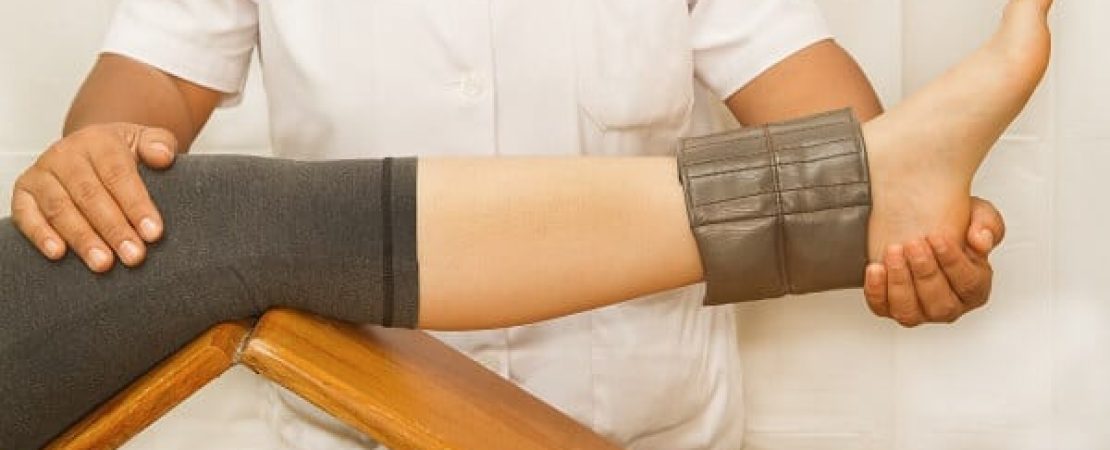In workers’ compensation cases, the insurance company and doctors often use a lot of terms unfamiliar to injured workers, such as “maximum medical improvement”. To you, this might mean the time when you are fully healed from your injury or the time you can go back to work. The Minnesota workers’ compensation laws actually assign a specific legal definition to this term.
Under the law, maximum medical improvement (MMI) means: “the date after which no further significant recovery from or significant lasting improvement to a personal injury can reasonably be anticipated, based upon reasonable medical probability, irrespective and regardless of subjective complaints of pain.” (Minn. Stat. § 176.011, subd. 13a.) In short, this is the point at which the qualified medical examiner or other health care provider decides that you will not have any significant improvement to your medical conditions caused by a workplace injury.
Why Workers’ Compensation Maximum Medical Improvement Was Established
MMI was put in place for two major reasons:
First, it is a means of defense to the paying out of temporary disability benefits (TTD). Secondly, it serves as a benchmark in cases in which a permanent partial disability (PPD) rating is to be provided.
If the MMI is to be used as a defense to further TTD payments, the injured worker must have been advised about reaching MMI. This is usually done by the insurer mailing out a medical report to the injured employee that stipulates his or MMI has been attained. This communication may be delivered by regular mail, email, fax, or in person. An in-person notification of MMI may occur during an office visit from his or her physician by giving the injured worker a report of workability.
Generally, the rule is that 90 days after the worker receives an MMI notice, no further TTD is to be paid to individual. In limited cases, an exception may be provided, such as if the worker participates in an approved retraining program or later becomes medically unable to work.
Reaching MMI does not serve as a defense to the payment of temporary partial disability (TPD) or permanent total disability (PTD), only to the payment of further temporary disability benefits (TTD). Attaining MMI also does not allow for a defense to claims seeking additional medical treatment.
The law provides some guidance on determining whether a worker has reached MMI. Health care providers should consider:
- Whether there has been significant lasting improvement in the employee’s condition,
- Whether significant recovery or lasting improvement is likely or unlikely, regardless of whether there is ongoing treatment;
- Whether doctors have tried all diagnostic evaluations and treatment options that reasonably could be expected to improve or stabilize the employee’s condition;
- Whether further treatment is primarily to maintain the employee’s current condition; and
- Whether further treatment is primarily to temporarily or intermittently relieve symptoms.
(Minn. Rules § 5221.0410, subd. 3(A).)
After a health care provider sets the date of maximum medical improvement, no further MMI determinations are necessary. The only exception is if the employee is medically unable to continue working in certain circumstances. MMI dates do not change if employees’ injuries get worse or they suffer setbacks in recovery.
MMI is important to injured workers because the insurance company may stop paying benefits 90 days after MMI is reached. This depends on whether the worker will have continuing disabilities and be eligible for permanent partial or total disability.
How Long Does it Take to Reach Maximum Medical Improvement?
The time period until MMI is attained is dependent on each individual’s physical condition and circumstances. The nature and impact of various injuries upon individuals varies widely.
When there is a dispute about when MMI has been reached, the decision is made by a compensation judge. The judge decides the attainment of MMI based on employee testimony, medical records, and medical opinions, and no particular opinion has to govern, including the opinion of the injured workers’ treating physician. Independent medical examiners may hold more or less weight with the judge than the treating physician.
Need help getting workers’ compensation for your injury? Joe Osterbauer, Esq. and the Osterbauer Law Firm stand up for injured Minnesota workers’ rights. Joe’s 27 years of workers’ compensation experience and his team’s speedy service combine to get clients the results they need. To schedule a free consultation, visit Osterbauer Law Firm online or call Joe’s office at (612) 334-3434.


